Forthcoming Book | New Approaches to Naples, 1500–1800
Scheduled for November publication from Ashgate:
Melissa Calaresu and Helen Hills, eds., New Approaches to Naples c.1500–c.1800: The Power of Place (Aldershot: Ashgate, 2013), 264 pages, ISBN: 978-1409429432, $120.
 Early modern Naples has been characterized as a marginal, wild and exotic place on the fringes of the European world, and as such an appropriate target of attempts, by Catholic missionaries and others, to ‘civilize’ the city. Historiographically bypassed in favour of Venice, Florence and Rome, Naples is frequently seen as emblematic of the cultural and political decline in the Italian peninsula and as epitomizing the problems of southern Italy. Yet, as this volume makes plain, such views blind us to some of its most extraordinary qualities, and limit our understanding, not only of one of the world’s great capital cities, but also of the wider social, cultural and political dynamics of early modern Europe.
Early modern Naples has been characterized as a marginal, wild and exotic place on the fringes of the European world, and as such an appropriate target of attempts, by Catholic missionaries and others, to ‘civilize’ the city. Historiographically bypassed in favour of Venice, Florence and Rome, Naples is frequently seen as emblematic of the cultural and political decline in the Italian peninsula and as epitomizing the problems of southern Italy. Yet, as this volume makes plain, such views blind us to some of its most extraordinary qualities, and limit our understanding, not only of one of the world’s great capital cities, but also of the wider social, cultural and political dynamics of early modern Europe.
As the centre of Spanish colonial power within Europe during the vicerealty, and with a population second only to Paris in early modern Europe, Naples is a city that deserves serious study. Further, as a Habsburg dominion, it offers vital points of comparison with non-European sites which were subject to European colonialism. While European colonization outside Europe has received intense scholarly attention, its cultural impact and representation within Europe remain under-explored. Too much has been taken for granted. Too few questions have been posed.
In the sphere of the visual arts, investigation reveals that Neapolitan urbanism, architecture, painting and sculpture were of the highest quality during this period, while differing significantly from those of other Italian cities. For long ignored or treated as the subaltern sister of Rome, this urban treasure house is only now receiving the attention from scholars that it has so long deserved.
This volume addresses the central paradoxes operating in early modern Italian scholarship. It seeks to illuminate both the historiographical pressures that have marginalized Naples and to showcase important new developments in Neapolitan cultural history and art history. Those developments showcased here include both theoretical or methodological innovation and new empirical approaches. Thus this volume illuminates new models of cultural history designed to ask new questions of Naples and tell new stories that have implications beyond the Kingdom of Naples for the study of early modern Italy and, indeed, early modern Europe.
Melissa Calaresu is Lecturer in History at Gonville and Caius College, Cambridge; Helen Hills is Professor of the History of Art at the University of York.
◊ ◊ ◊ ◊ ◊
C O N T E N T S
Introduction
• Melissa Calaresu and Helen Hills, Between Exoticism and Marginalization: New Approaches to Naples
I: Disaster and Decline
• John Marino, Myths of Modernity and the Myth of the City: When the Historiography of Pre-modern Italy Goes South
• Helen Hills, Through a Glass Darkly: Material Holiness and the Treasury Chapel of San Gennaro in Naples
• Rose Marie San Juan, Contaminating Bodies: Print and the 1656 Plague in Naples
II: Topographies
• Harald Hendrix, Topographies of Poetry: Mapping Early Modern Naples
• Dinko Fabris, The Collection and Dissemination of Neapolitan Music, c.1600–1790
• Helena Hammond, Landed Identity and the Bourbon Neapolitan State: Claude-Joseph Vernet and the Politics of the ‘siti reali’
III: Exceptionality
• Paola Bertucci, The Architecture of Knowledge: Science, Collecting, and Display in 18th-Century Naples
• Melissa Calaresu, Collecting Neapolitans: The Representation of Street Life in Late 18th-Century Naples
• Anna Maria Rao, ‘Missed Opportunities’ in the History of Naples
Bibliography
Index

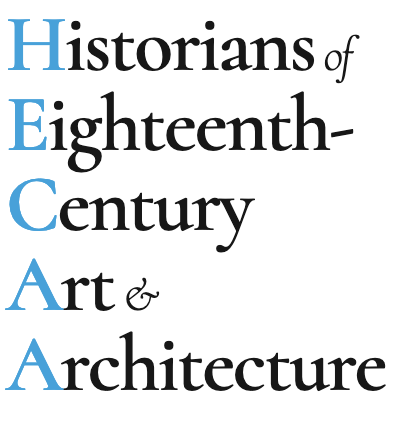

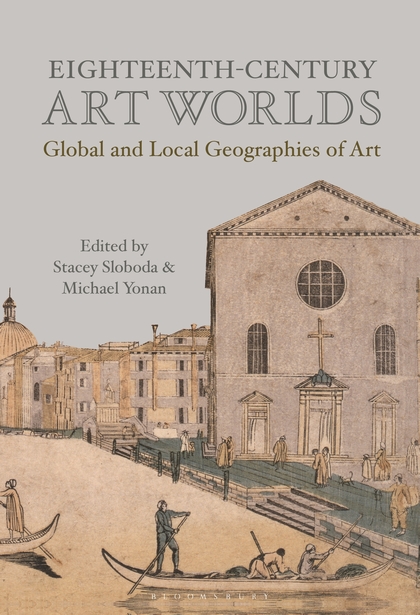

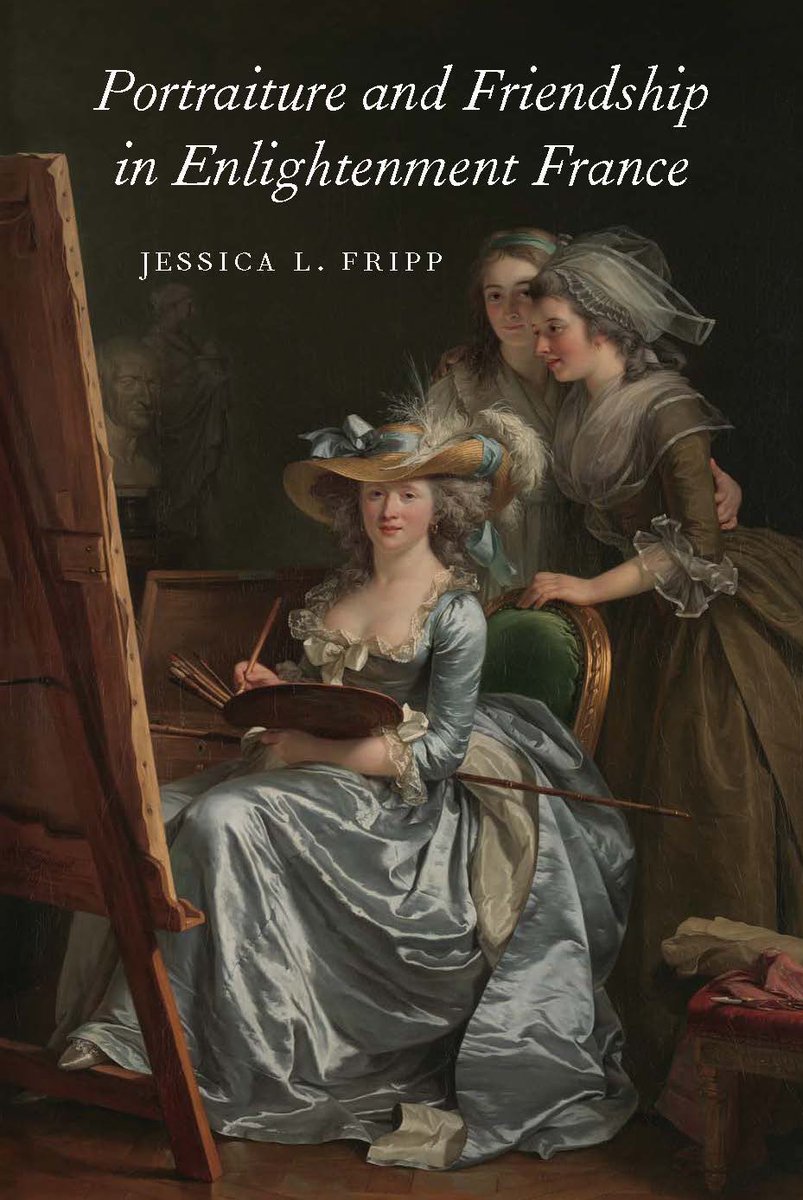















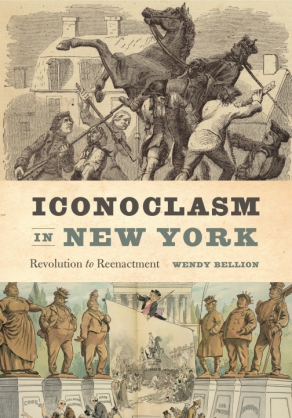



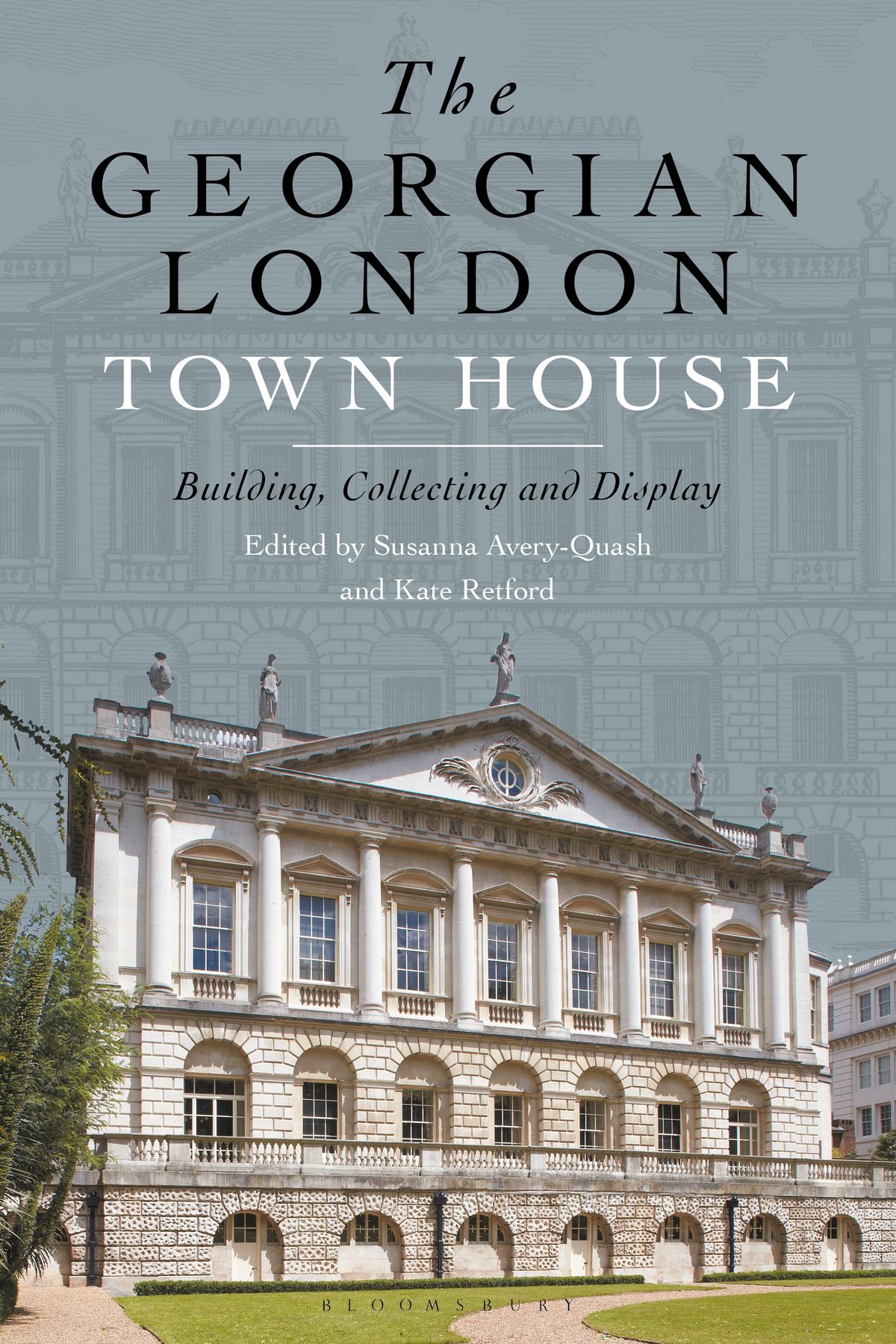


leave a comment